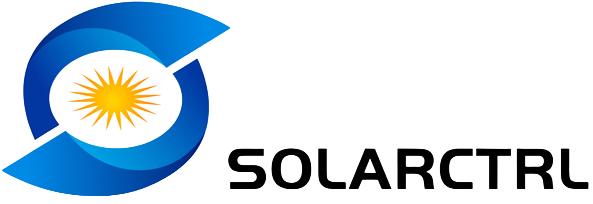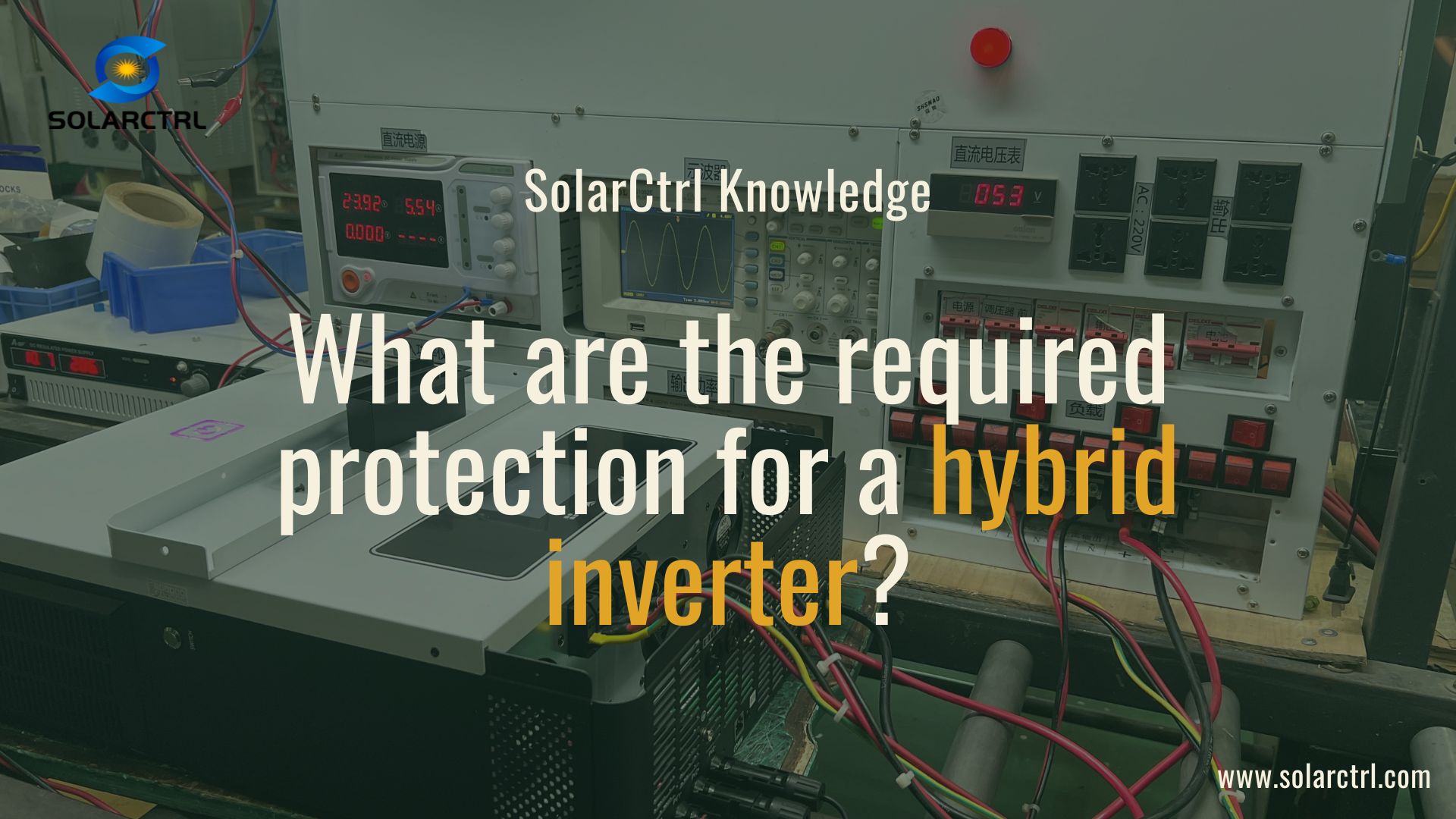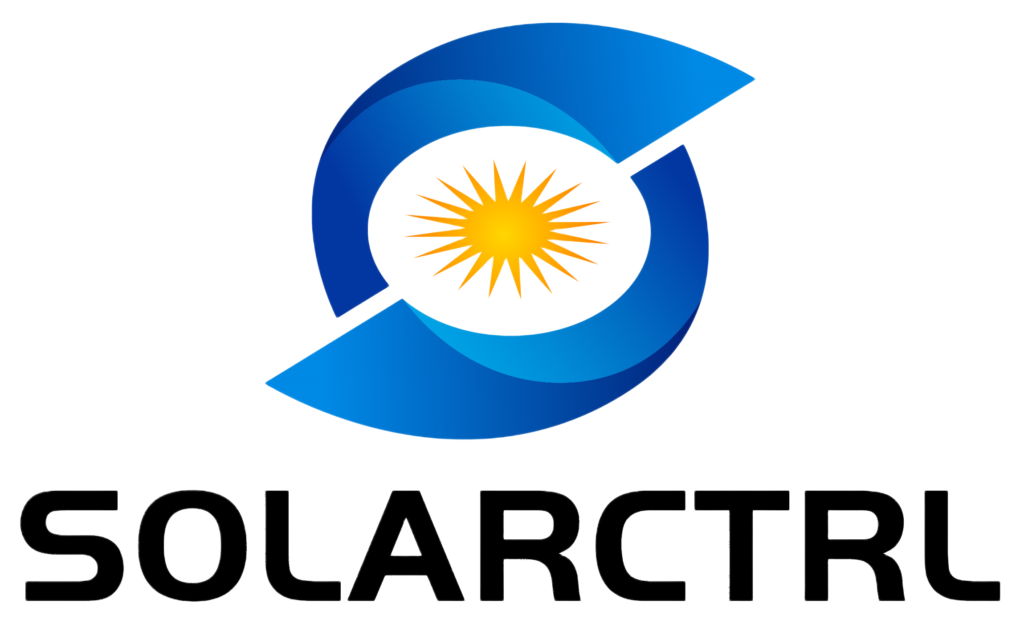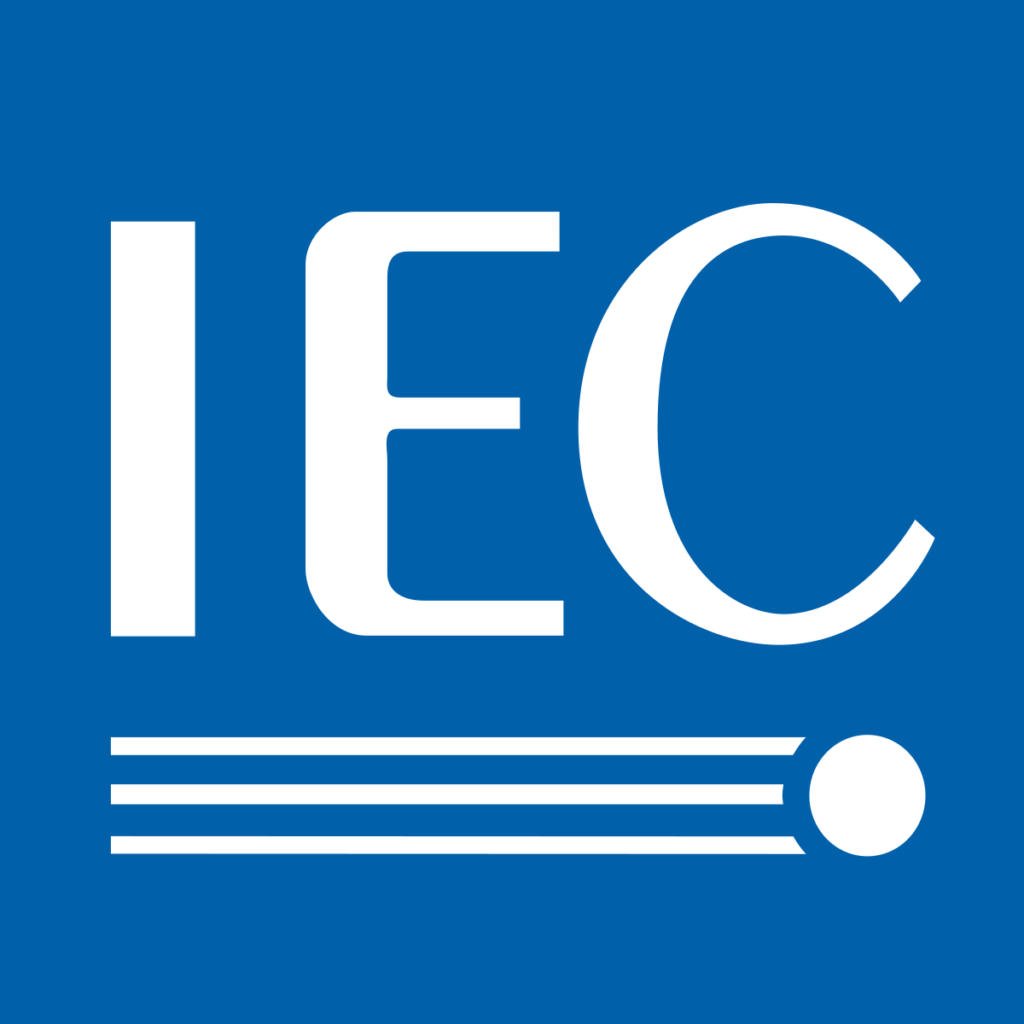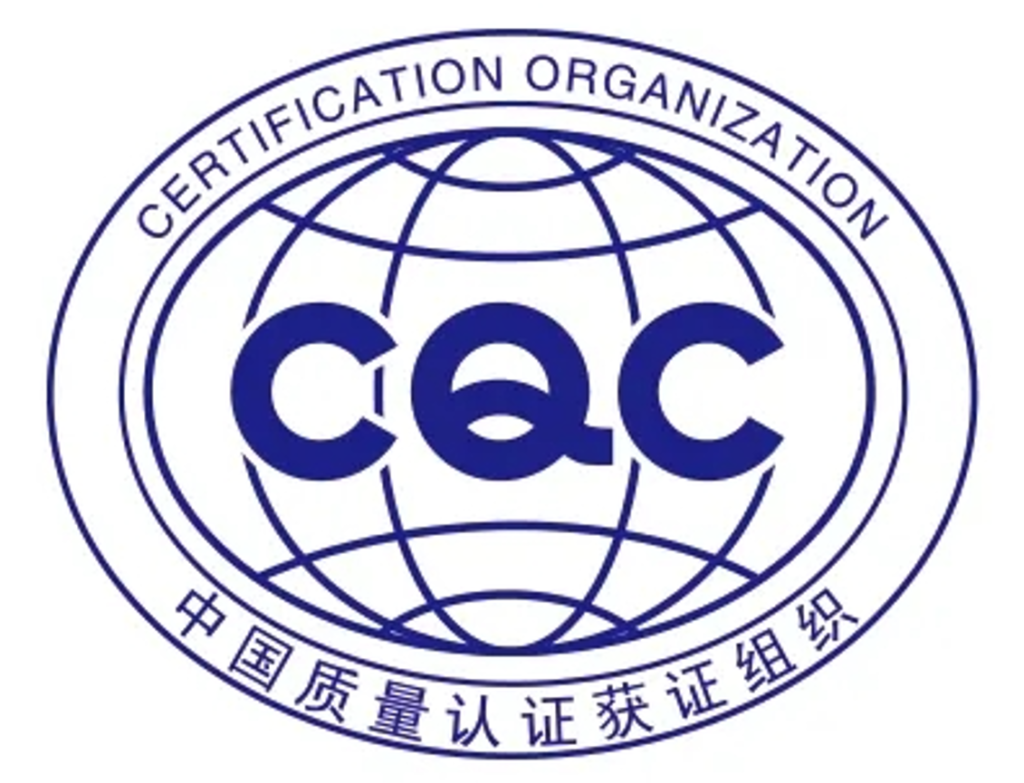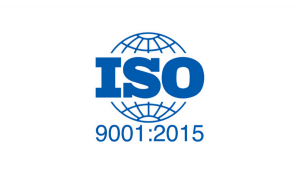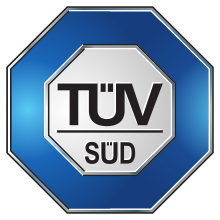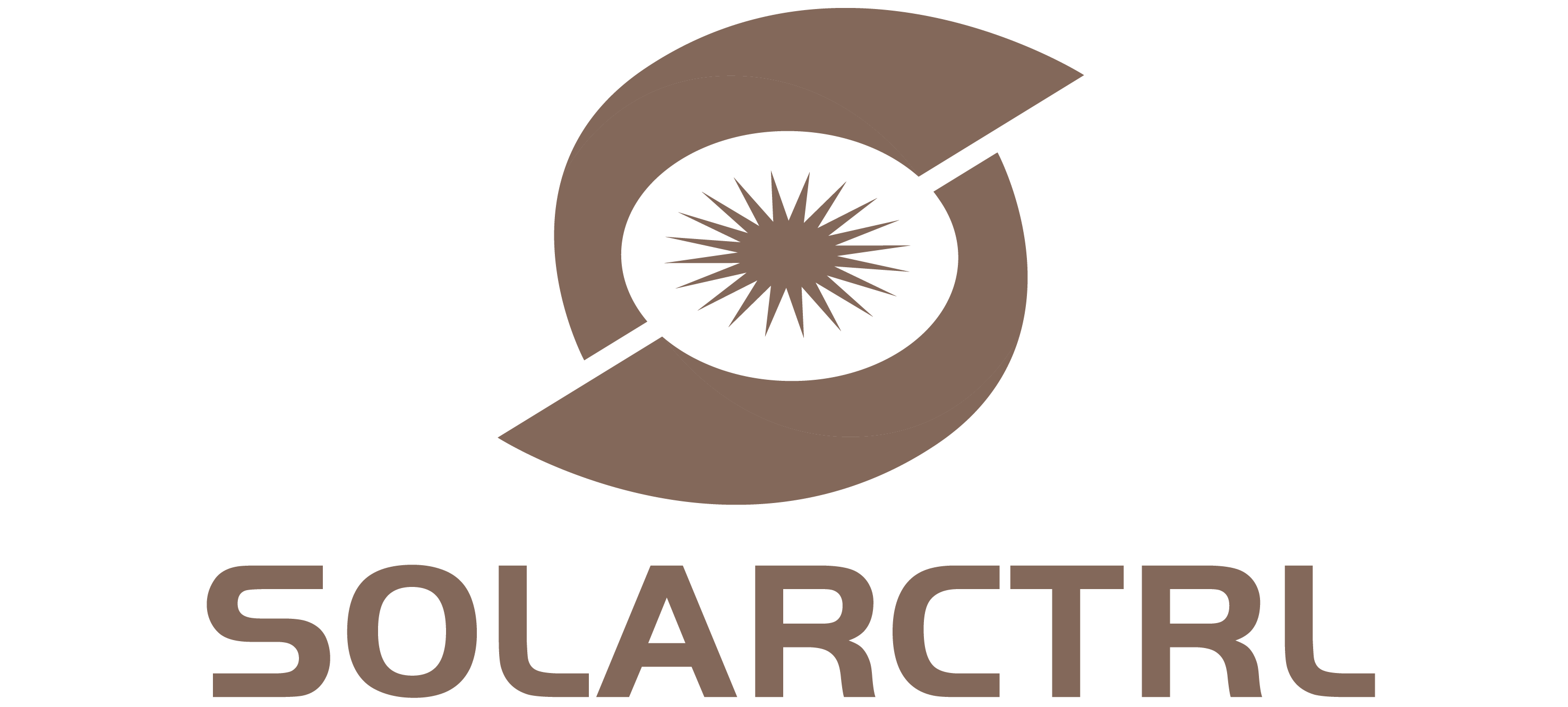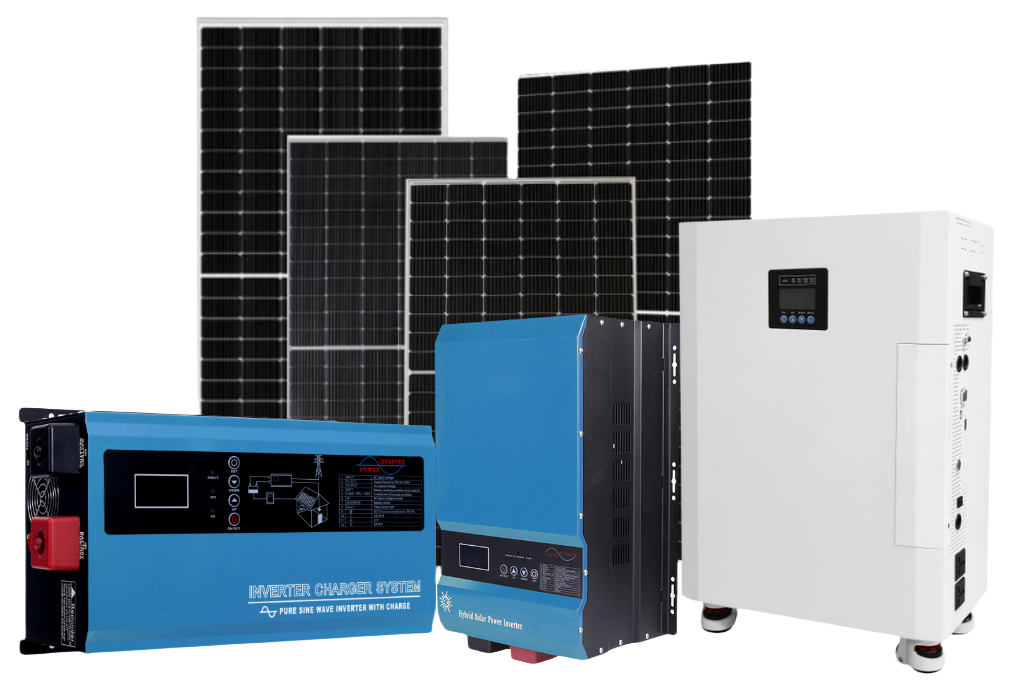Hybrid inverters require several key protections to ensure safe and efficient operation. These include overvoltage protection, undervoltage protection, overcurrent protection, short circuit protection, overheat protection and surge protection. Additionally, grounding and earthing, regular maintenance, and proper installation are crucial to prevent damage from electrical disturbances and environmental factors.
Understanding these protection measures will not only safeguard your hybrid inverter but also enhance its performance and reliability.
Understanding the Hybrid Inverter
A hybrid inverter is a crucial component in solar power systems, converting the direct current (DC) generated by solar panels into alternating current (AC) used by household appliances.
Beyond this, it efficiently manages the distribution of electricity between the solar panels, battery storage, and the electrical grid. This management optimizes energy usage and storage, ensuring that excess power is stored in batteries for later use or fed back into the grid.
By integrating these functions, hybrid inverters enhance the reliability and efficiency of solar power systems, making them an essential element for modern energy solutions.
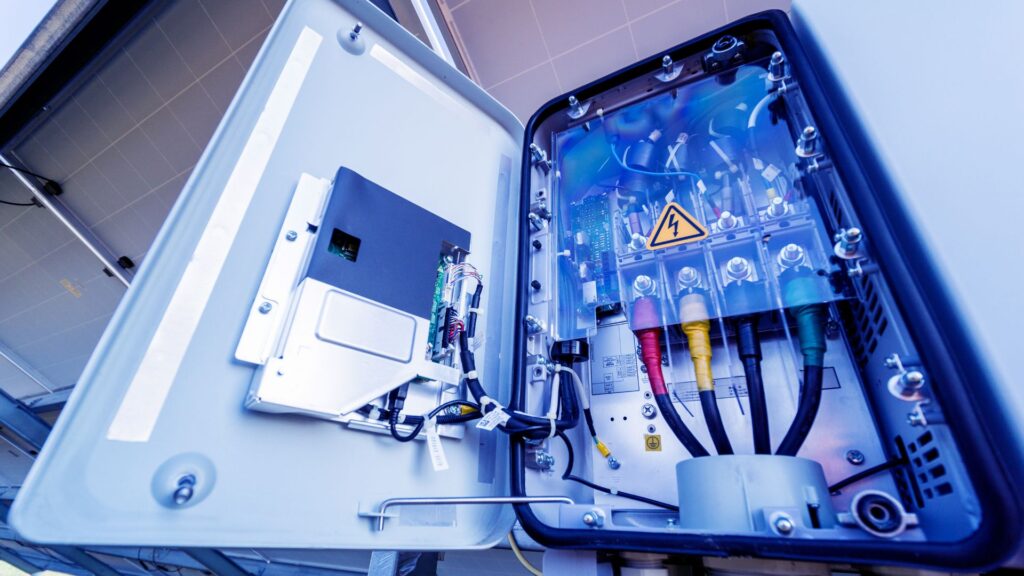
Key Protections for Hybrid Inverters
1. Overvoltage Protection
Overvoltage protection is crucial to prevent damage caused by excessively high voltage levels, which can result from various sources such as lightning strikes, faulty wiring, or grid anomalies. High voltage can severely damage the inverter’s internal components, leading to malfunction or complete failure.
Mechanism
Overvoltage protection devices (OVPDs) continuously monitor the voltage levels in the system. When they detect that the voltage exceeds a predefined safe threshold, they swiftly disconnect the inverter from the power source, thereby preventing the excess voltage from reaching and damaging the inverter.
Components
Common components of OVPDs include metal oxide varistors (MOVs) and transient voltage suppressors (TVSs). MOVs absorb and dissipate the excess energy from voltage spikes, while TVSs clamp down on high voltage transients, keeping the voltage within safe limits.
Importance
By protecting the internal circuitry of the inverter from high voltage spikes, overvoltage protection ensures the longevity and reliable operation of the inverter. This not only extends the life of the inverter but also maintains the efficiency and safety of the entire solar power system. Implementing robust overvoltage protection is essential for preventing costly repairs and downtime.
2. Undervoltage Protection
Undervoltage protection ensures that the inverter operates within safe voltage limits, thereby avoiding potential issues caused by low voltage conditions. Low voltage can be as damaging as high voltage, leading to improper functioning and reduced efficiency of the inverter and connected devices.
Mechanism
Similar to overvoltage protection, undervoltage protection devices (UVPDs) continuously monitor the system’s voltage levels. When the voltage drops below a predefined safe threshold, these devices disconnect the inverter from the power source. This disconnection prevents the inverter from operating under unsafe conditions, which can cause erratic performance or damage.
Components
UVPDs typically utilize voltage sensors and relays. The sensors detect the voltage levels, and if they fall below the safe threshold, the relay is triggered to disconnect the inverter.
Importance
Undervoltage protection is crucial for preventing damage to the inverter and any connected devices. Operating under insufficient voltage can lead to inefficient power conversion, resulting in higher energy losses and potential damage to sensitive electronic components. By ensuring that the inverter only operates within its optimal voltage range, undervoltage protection enhances the reliability and efficiency of the entire solar power system, safeguarding against potential malfunctions and extending the system’s lifespan.
3. Overcurrent Protection
Overcurrent protection is essential for safeguarding the inverter against excessive current, which can cause overheating and severe damage to its components. Excessive current can result from short circuits, overloads, or faults in the system.
Mechanism
Overcurrent protection is implemented using fuses, circuit breakers, and current sensors. Fuses are designed to blow when the current exceeds a specific limit, thereby interrupting the flow and protecting the circuit. Circuit breakers operate similarly but can be reset after tripping. Current sensors continuously monitor the current levels and trigger protective devices if the current surpasses the safe operating limit.
Components
Fuses and circuit breakers are common overcurrent protection components. Current sensors provide real-time monitoring and feedback to ensure that any abnormal current levels are quickly addressed.
Importance
Overcurrent protection is crucial for preventing overheating, which can cause component failure, fire hazards, and extensive damage to the inverter. By interrupting the flow of excessive current, these protective measures ensure the inverter operates within safe limits, maintaining the system’s integrity and preventing costly repairs or replacements. Implementing robust overcurrent protection is vital for ensuring the safety, reliability, and longevity of the solar power system.
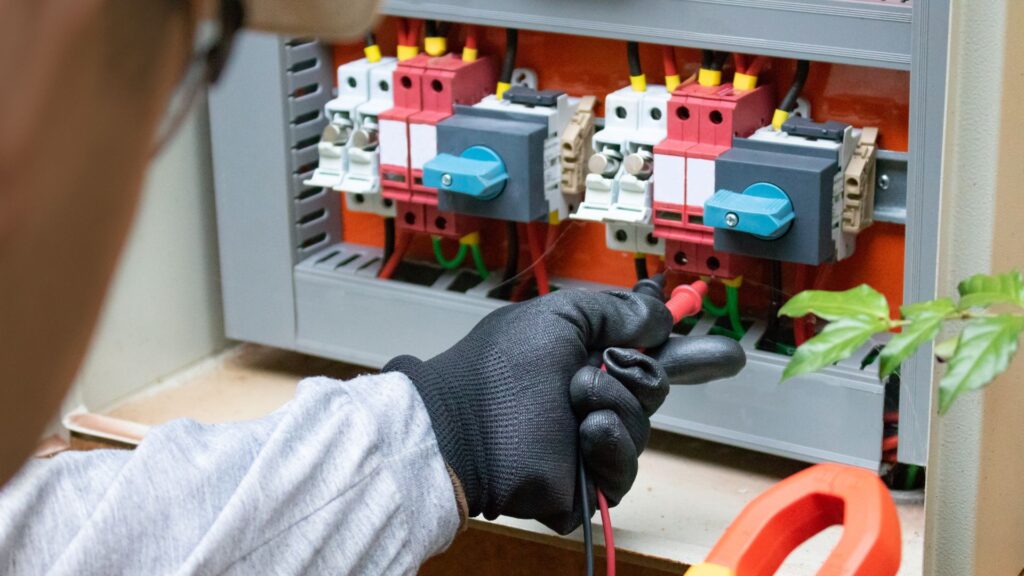
4. Short-Circuit Protection
Short-circuit protection is vital for preventing damage caused by direct contact between two points in an electrical circuit, leading to a sudden surge of current. This surge can cause extensive damage to the inverter and pose significant safety hazards.
Mechanism
Inverters are equipped with protective devices such as fuses and circuit breakers to detect and interrupt the circuit in the event of a short circuit. When a short circuit occurs, the protective device immediately breaks the circuit, stopping the flow of excessive current. Some systems also incorporate advanced electronic protection that can detect a short circuit and shut down the inverter almost instantaneously.
Components
Fuses are designed to blow and disconnect the circuit when a short circuit occurs. Circuit breakers, on the other hand, can be reset after they trip, allowing for easier restoration of service. Advanced inverters may also include electronic sensors that provide rapid detection and response.
Importance
Short-circuit protection is crucial for safeguarding the inverter from severe damage and potential fire risks. By quickly interrupting the flow of excessive current, these protective measures ensure the safety and functionality of the inverter and the entire solar power system. Effective short-circuit protection minimizes downtime, prevents costly repairs, and enhances the overall reliability and safety of the system.
5. Thermal Protection
Thermal protection is essential for preventing overheating in hybrid inverters, ensuring their safe and efficient operation. Overheating can severely damage electronic components, leading to performance degradation and reduced lifespan of the inverter.
Mechanism
Inverters are equipped with integrated temperature sensors that continuously monitor the internal temperature. If the temperature exceeds a predefined safe limit, the system will automatically take corrective actions, such as reducing the load or shutting down temporarily to allow the inverter to cool off. This proactive approach prevents excessive heat buildup and maintains optimal operating conditions.
Components
The key components of thermal protection include temperature sensors, cooling fans, and heat sinks. Temperature sensors provide real-time data, while cooling fans and heat sinks help dissipate heat effectively.
Importance
Thermal protection is crucial for maintaining the integrity and longevity of the inverter. Excessive heat can cause significant damage to electronic components, leading to inefficiencies and potential system failure. By actively monitoring and managing the internal temperature, thermal protection ensures that the inverter operates within safe thermal limits, preventing damage, maintaining performance, and extending the lifespan of the system. Effective thermal protection is vital for the reliability and efficiency of the entire solar power system.
6. Surge Protection
Surge protection is essential for safeguarding the inverter against sudden spikes in voltage, which are typically caused by lightning strikes or switching operations in the electrical grid. These voltage spikes can cause catastrophic damage to the inverter, compromising its functionality and longevity.
Mechanism
Surge protection devices (SPDs) are designed to absorb and divert excessive voltage away from the inverter. When a surge occurs, these devices quickly react to the spike by providing a low-resistance path to ground, effectively clamping the voltage to a safe level. This prevents the high voltage from reaching and damaging the inverter’s sensitive electronic components.
Components
Common SPDs include metal oxide varistors (MOVs), gas discharge tubes (GDTs), and transient voltage suppression (TVS) diodes. These components work together to provide comprehensive protection against various types of voltage surges.
Importance
Surge protection is crucial for preventing catastrophic failures of the inverter caused by sudden and extreme voltage surges. By protecting the inverter from these spikes, SPDs ensure reliable operation during grid disturbances and adverse weather conditions. Effective surge protection enhances the inverter’s durability, minimizes downtime, and prevents costly repairs or replacements, contributing to the overall reliability and safety of the solar power system.

Implementation of Protections
Combining Protections
For optimal performance and longevity, integrating all the above-mentioned protections within a single hybrid inverter system is crucial. Modern hybrid inverters often come equipped with built-in protection mechanisms, including overvoltage, undervoltage, overcurrent, short-circuit, thermal, and surge protections. However, it is essential to verify that these protective measures are present, properly configured, and functioning correctly.
Regular Maintenance and Monitoring
Regular maintenance and monitoring of the inverter are vital to ensuring that all protective measures remain effective over time. This involves several key activities:
- Periodic Inspections: Conduct thorough inspections to check for signs of wear and tear. Ensure that all protective devices, such as fuses, circuit breakers, and sensors, are in good working condition. Inspect the inverter for any physical damage or potential issues that could compromise its protective features.
- Firmware Updates: Keep the inverter’s software up to date. Firmware updates often include improvements and enhancements to the protective mechanisms, ensuring the inverter benefits from the latest technological advancements and security features. Regular updates can also fix bugs and improve overall system performance.
- Professional Servicing: Schedule regular professional servicing to detect and address potential issues before they escalate into major problems. Professional technicians can perform detailed diagnostics, identify hidden faults, and implement necessary repairs or adjustments to maintain the inverter’s optimal performance.
By combining robust protective measures with diligent maintenance and monitoring, you can significantly enhance the safety, efficiency, and longevity of your hybrid inverter, ensuring reliable operation and sustained energy production from your solar power system.
Conclusion
Protecting your hybrid inverter is paramount to maintaining its efficiency, reliability, and longevity. By implementing comprehensive overvoltage, undervoltage, overcurrent, short-circuit, thermal, and surge protections, you can safeguard your investment and ensure continuous, optimal performance of your solar power system. Regular maintenance and professional servicing further enhance these protections, providing peace of mind and sustained energy production.
FAQs
Q1: Which Protection Must Be Available in a Solar Inverter?
A solar inverter must include over-voltage protection, under-voltage protection, short-circuit protection, overload protection, and temperature protection to ensure safe and reliable operation.
Q2: How Do I Protect My Inverter?
To protect your inverter, ensure it is installed in a well-ventilated area, regularly maintained, and equipped with appropriate surge protection devices.
Q3: Do Inverters Need to Be Covered?
Inverters do not need to be covered, but they should be placed in a sheltered, dry location to protect them from extreme weather conditions and potential water damage.
Q4: Common Issues with Hybrid Inverters and Solutions
Common issues with hybrid inverters include overheating, firmware glitches, and battery compatibility problems; solutions involve proper ventilation, regular firmware updates, and ensuring battery system compatibility.
